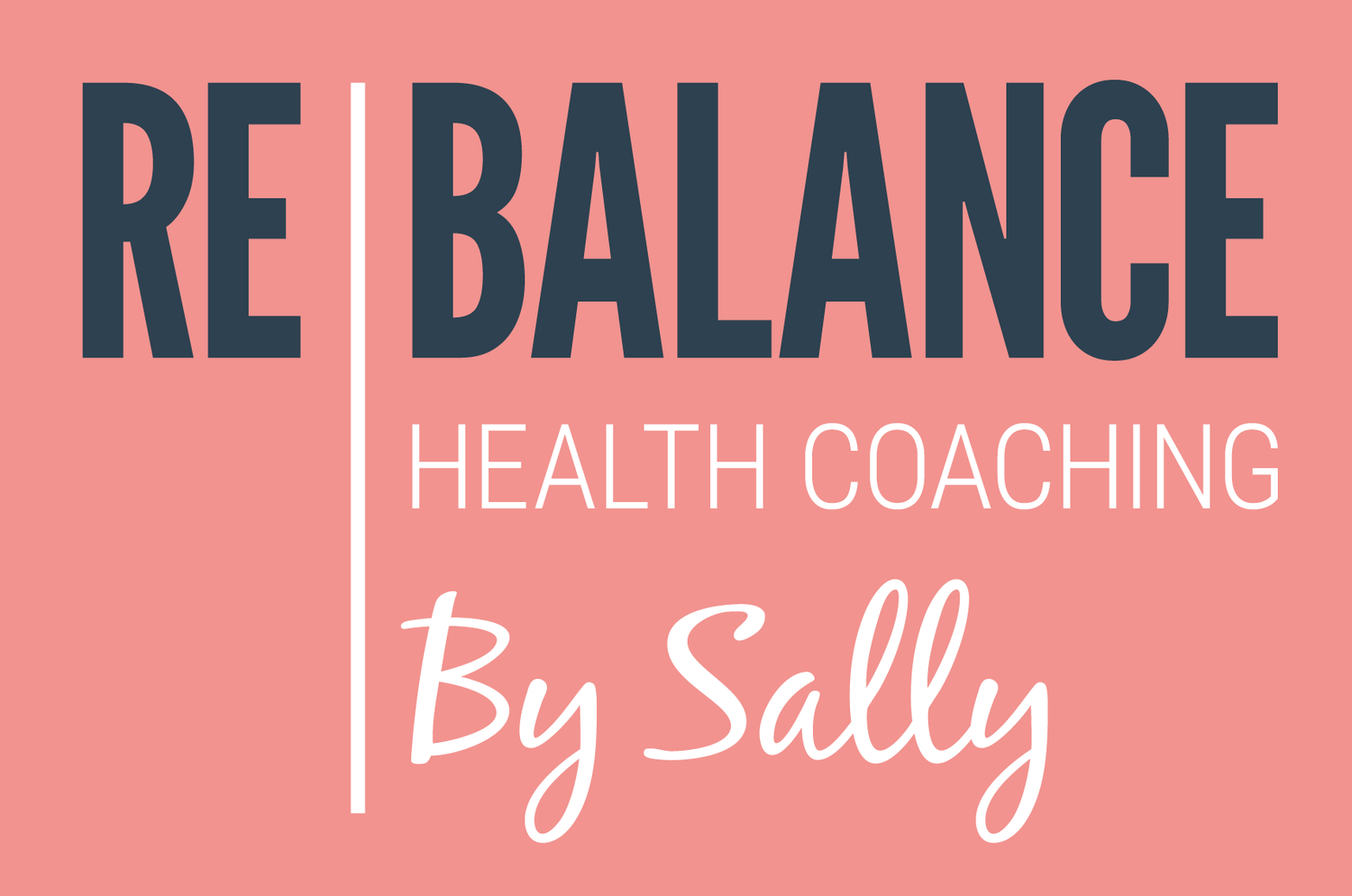TOp TIPS For hot flushes & night sweats
Who is affected by hot flushes and night sweats?
Hot flushes are one of the most common symptoms of menopause affecting 75% of women. They can be uncomfortable, stressful and at times embarrassing. I’ve heard many horror stories around hot flushes from my clients.
Emma was giving a customer presentation when she felt a surge of heat rising up her face, beads of sweat started to roll down her forehead and she was burning up. She tried to stay focussed but she was dripping with sweat. She excused herself from the meeting to change her shirt, relax and refresh before picking up where she left off.
Lisa was made to feel embarrassed by her male colleagues when they heard the buzzing of the electric fan she was holding under the desk!!
Fay was dating a new guy and felt awkward when she had to get out of bed and change the bedding because of night sweats.
'
Hot flushes and night sweats are common in menopause and it’s a natural part of life that we shouldn’t feel embarrassed about. The good news is that there are things we can do to manage hot flushes and reduce the frequency and intensity of them.
What are hot flushes and night sweats?
Hot flushes, are sudden sensations of intense heat that can affect the face, neck, and upper body. They can come on suddenly at any time of day and several times a day in some cases. The duration of the hot flush can vary too, from lasting seconds to several minutes.
The exact cause of hot flushes is not fully understood, but during menopause, the ovaries produce less oestrogen, which can affect the area of the brain that controls temperature. The brain thinks the body is hot, blood vessels near the skin surface widen to help you cool down, causing you to sweat. Some people also experience chills. A night sweat is a hot flush while you are asleep.
What triggers hot flushes?
1. Emotional factors like stress and anxiety can trigger hot flushes in some people.
2. Spicy foods, alcohol, and caffeine can sometimes trigger hot flushes, so reducing their consumption may help in managing the frequency and intensity of the episodes.
3. Lifestyle factors such as being overweight, smoking, and leading a sedentary lifestyle can contribute to the occurrence of hot flushes.
Please don’t suffer in silence and just put up with the hot flushes. These are my top tips for easing hot flushes and reducing the occurrence.
Top Tips for hot flushes and night sweats
1. Stay Hydrated: Drinking plenty of water can help regulate body temperature and prevent dehydration, which can exacerbate hot flushes.
2. Exercise daily:, Regular physical activity, such as walking, cycling or dancing plus strength training with weights or a resistance band, yoga or pilates are recommended. Research has shown that people who lead a sedentary lifestyle have a higher occurrence of hot flushes.
3. Relaxation techniques: Deep belly breathing daily and when you experience a hot sweat, meditation, and yoga can all help manage stress and anxiety, which may trigger hot flushes.
4. Avoid dietary triggers: Some people find that avoiding spicy foods, caffeine and alcohol can help reduce the frequency of hot flushes. Maintaining a health weight may also help.
5. Hormone balancing nutrition: Include phytoestrogens in your daily diet. These are plant based compounds that act in a similar way to your own body’s oestrogen. These include soy based products, flaxseeds (2 tbsp per day), lentils, chickpeas, kidney beans, edamame, miso, tofu. Nourish your body with a nutrient dense, whole food diet and limit ultra processes foods.
6. Herbal Remedies: Some natural herbs like black cohosh, red clover and sage leaf have been suggested to alleviate hot flushes, but their effectiveness can vary and should be discussed with a healthcare provider.
7. Vitamin E – Vitamin E may help ease hot flushes and reduce occurrence. Foods rich in Vitamin E include avocados, almonds, asparagus, sunflower seeds and spinach.
8. Dress in Layers: Wearing lightweight, breathable clothing in layers can help you manage your body temperature more easily.
It's important to consult a healthcare professional if you are experiencing bothersome hot flushes, as they can provide personalised advice and recommendations based on your individual circumstances.
Managing hot flushes in the workplace
If you feel uncomfortable or embarrassed when hot flushes happen at work, you’re not alone. Always remember that it’s a natural part of life and you shouldn’t feel embarrassed.
If your company doesn’t already have a menopause policy and menopause awareness and support in place, you should suggest it to your manager or HR team. Conversations around menopause should be normalised and openly talked about in the workplace so that everyone can get the support they deserve.
Your workplace might consider a wellbeing room where you can go to relax and cool down when you’re having a hot flush. If your workplace has uniforms, they could consider lightweight, self-wicking fabric. Access to cool water, fresh air and cool spaces should also be provided.
Don’t be afraid to ask for support with any of your menopause symptoms, it’s a health and safety requirement of your workplace so that you can do your job to the best of your ability.
If you’re struggling with hot flushes and night sweats or other menopause symptoms, I can support you with a health coaching programme that will help you feel your best again. You’ll be amazed at the transformation. Contact us at rebalancebysally@gmail.com

